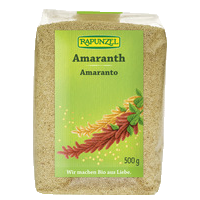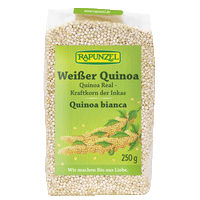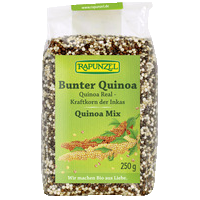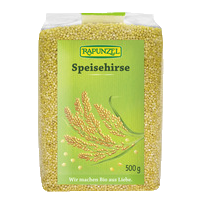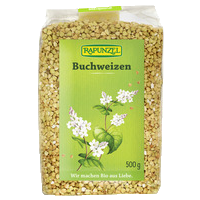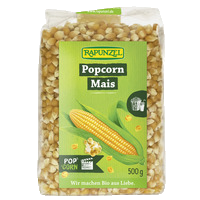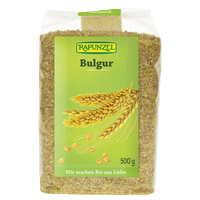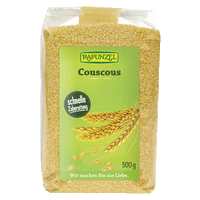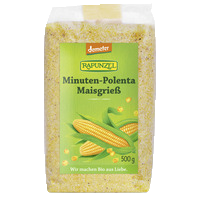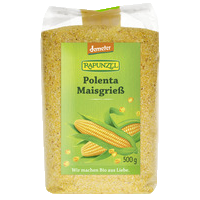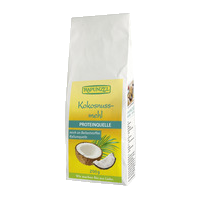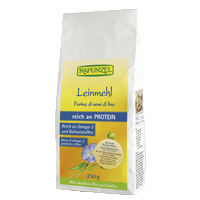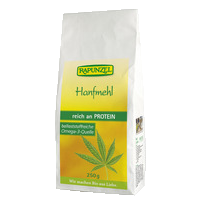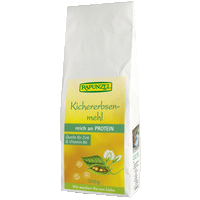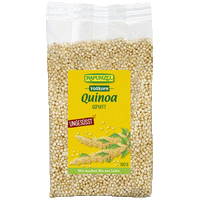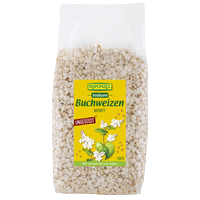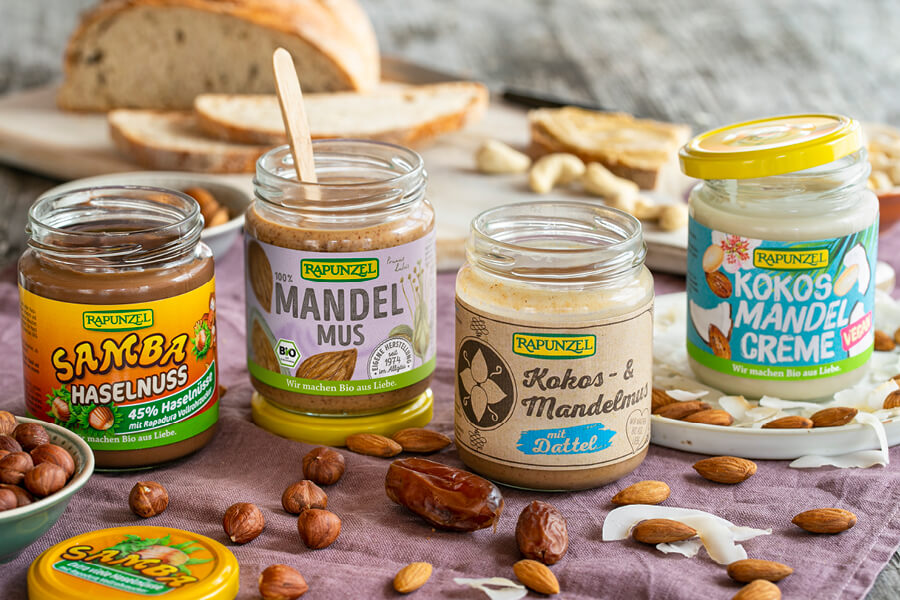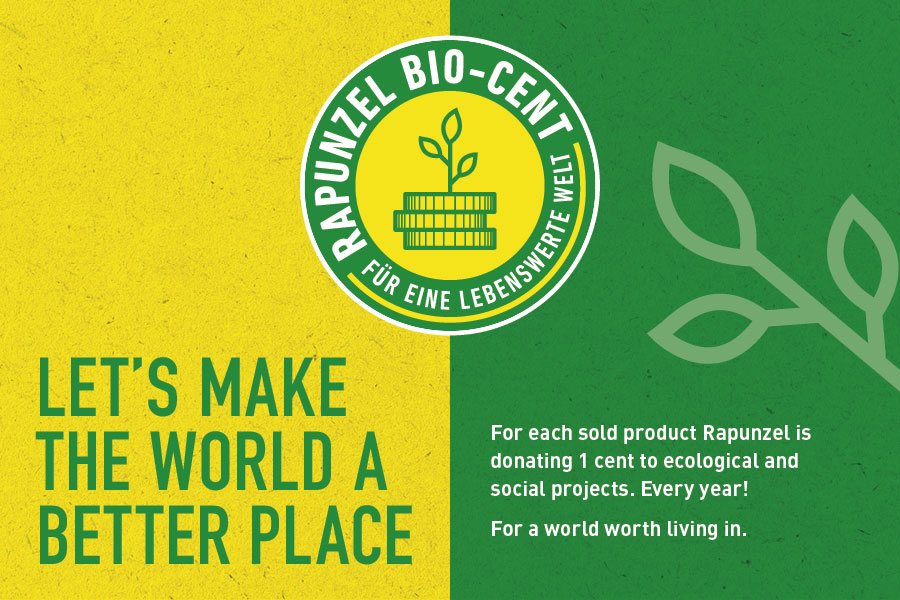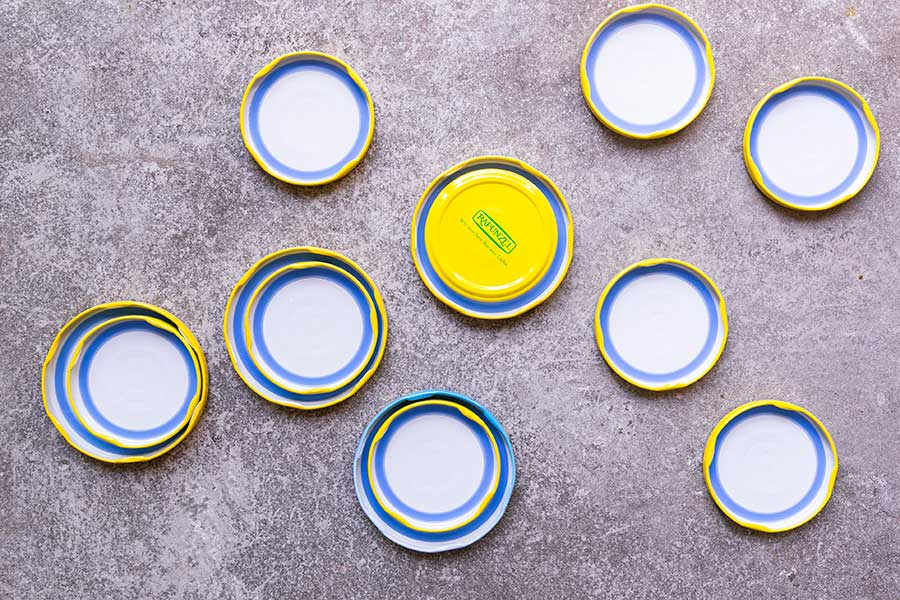Varied, tasty and nutritious at the same time! Our range of cereals offers a wide variety of different products. From cereals such as couscous to special flours such as chickpea flour or cereal flakes made from spelt, to puffed cereals and pseudo-cereals such as buckwheat or amaranth.
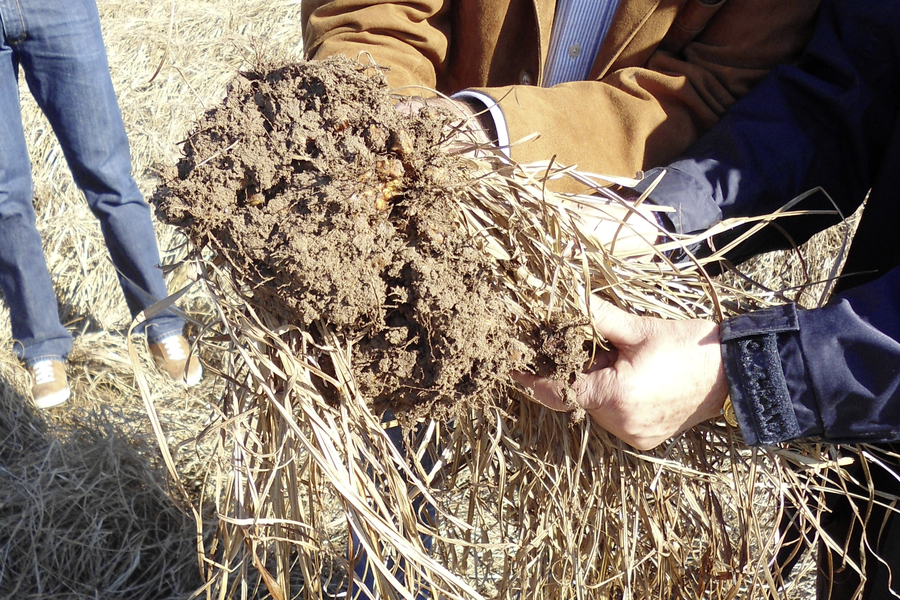
Product Knowledge: Tigernuts
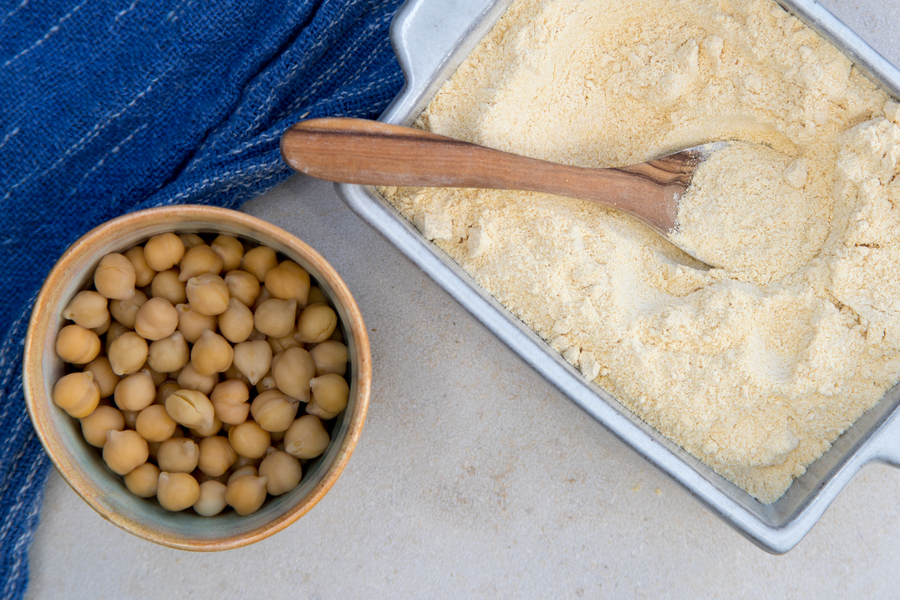
Product Knowledge: Special flours
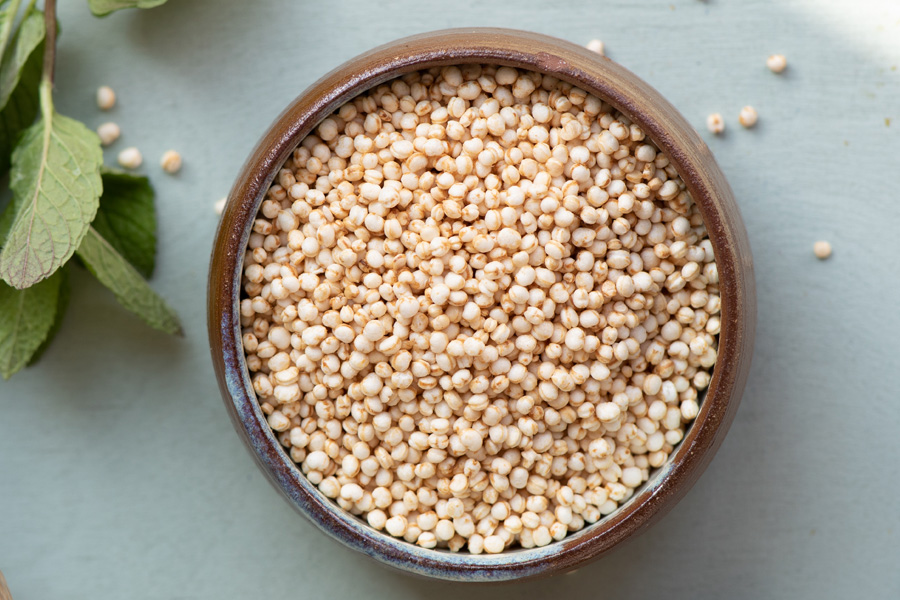
Product Knowledge: Quinoa
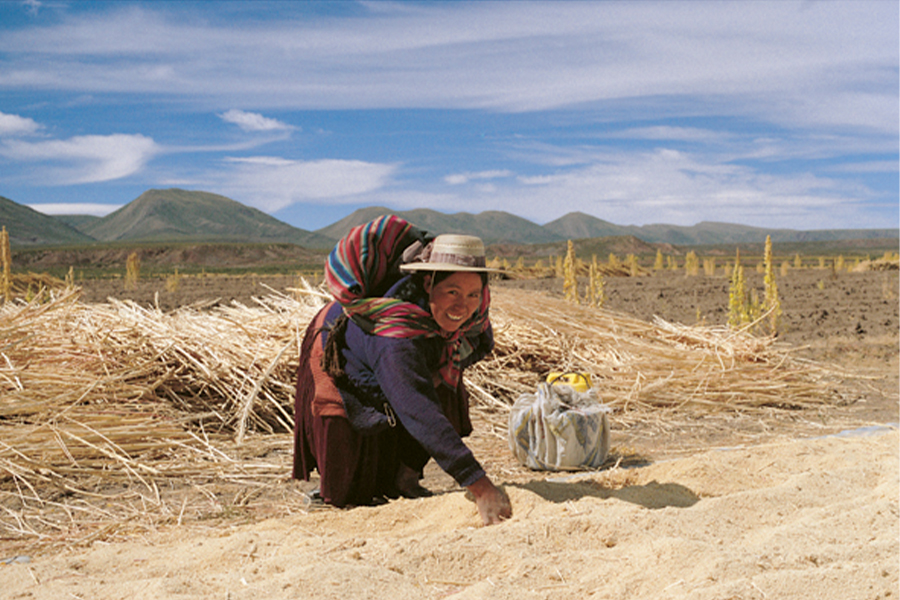
HAND IN HAND-Suppliers-Portrait: Quinoa from Bolivia
Cereals & pseudocereals
The most important staple food since time immemorial! Do not let yourself be taken for a ride and add variety to your plate.
Interesting facts about cereals, cereal products, special flours and flakes

Product Knowledge: Tigernuts
A tried and tested remedy and tonic, formerly a coffee substitute – what is behind the tiger nut or chufa nut? It was not only highly valued in ancient times, but is also very popular because of its nutrients.

Product Knowledge: Special flours
Concentrated protein power with few carbohydrates: Special flours are an ideal building block for a conscious diet. Simply replace parts of the recipe with them and gain absolute nutritional value.

Product Knowledge: Quinoa
The sacred plant of the Incas provides us with many valuable ingredients. What is behind the “gold of the Incas” and why is quinoa a real powerhouse?
You might also be interested in:
FAQ about Grain
In the case of organic cereal products, despite intensive labour input during cultivation and intensive cleaning measures, the presence of foreign seeds cannot be completely ruled out, nor can products with optical deviations.
The colour of a grain or seed in cereals, legumes and oilseeds varies from harvest to harvest due to many factors such as soil conditions, climate and weather. Since we work with many small farmers from different growing areas, the products are exposed to different influences that lead to natural colour variations. Extreme weather conditions can cause such severe optical changes that it is no longer possible to sort out grains and seeds at a reasonable economic cost. However, as we value long-term economic cooperation with the small farmers, we also buy the harvest in difficult years and try to use it in the best possible way.
No herbicides are used in the organic sector. Thus, in some cases, even weed seeds of the same weight or size are very difficult to remove from the product.
Of course, these products are subject to particularly intensive controls by us and are only traded if it is a purely visual problem, without any effects in terms of taste and nutritional quality.
We are trying to further improve our possibilities for mechanical cleaning, but this is sometimes very difficult due to physical limits (e.g., 0.5 mm amaranth).
mehr erfahren
mehr erfahren
mehr erfahren
mehr erfahren
Gluten, also known as gluten protein, is a group of certain proteins found in cereal grains such as wheat, rye, barley, and oats.
The gluten content is of decisive importance for the baking properties of a flour. Gluten protein binds up to three times its weight in water when it becomes moist. In the process, it develops rubber-like, elastic properties. Like a skeleton, the gluten threads run through the bread dough and ensure that a fine-pored, loose dough forms. The quantitatively and qualitatively highest gluten is provided by wheat, to which it also owes its excellent baking properties.
Some people are allergic to this protein due to a metabolic disorder. With sprue or coeliac disease, the medical names for this intolerance, a lifelong gluten intolerance remains. Coeliac disease and sprue are chronic diseases of the small intestine that manifest in childhood or do not appear until adulthood. Since the organism has an intolerance to the gluten protein, those affected must eat a gluten-free diet.
The following grains are gluten-free in their unprocessed state: Rice, maize, millet, buckwheat, amaranth and quinoa.
mehr erfahren
mehr erfahren

